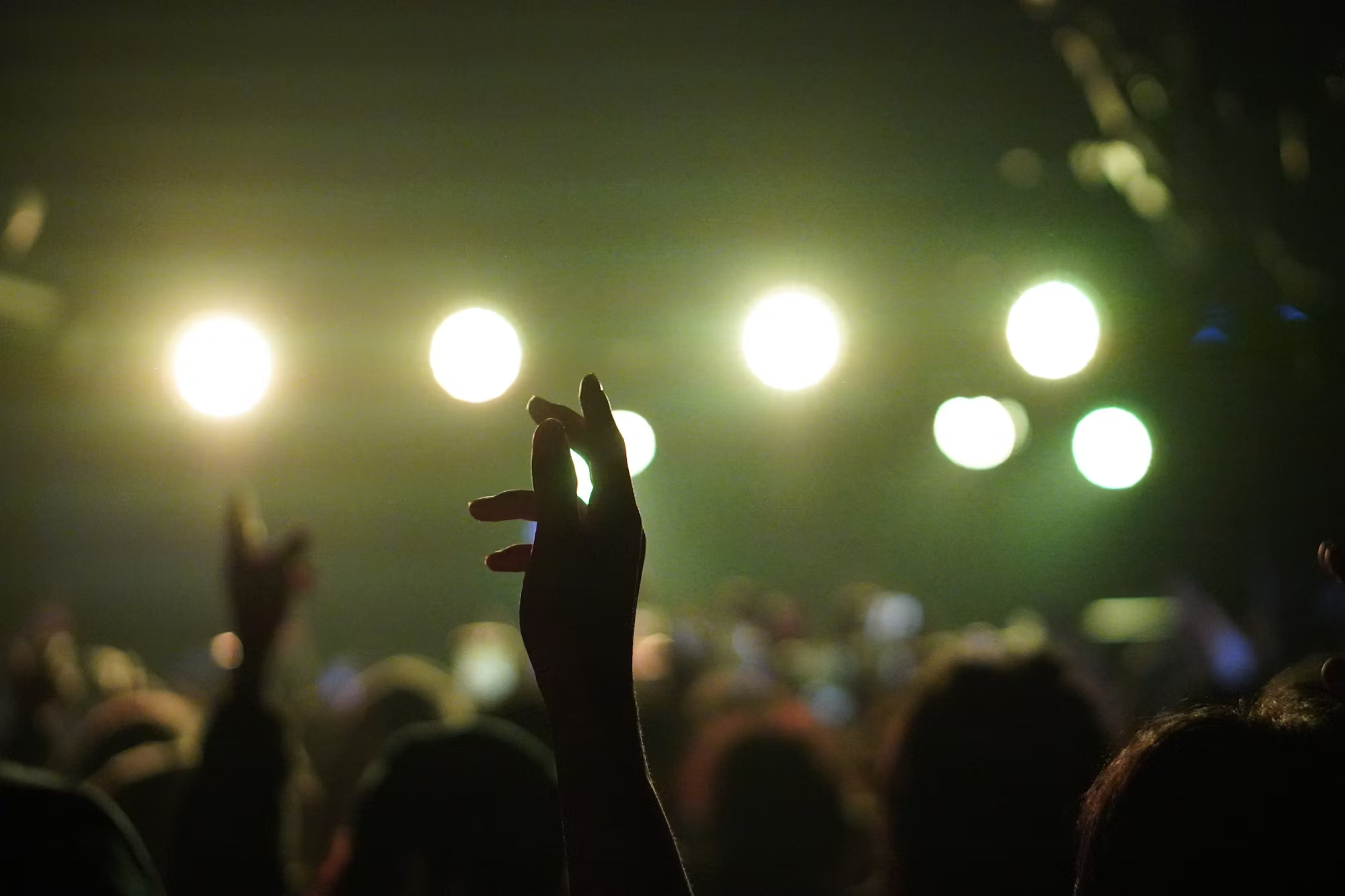Drum and bass (DNB) is a vibrant and fast-paced genre of electronic music that has evolved significantly since its inception in the early 1990s. Known for its complex breakbeats, heavy basslines, and intricate production techniques, drum and bass has carved a unique niche in the electronic music landscape. This article explores the history of drum and bass, its key subgenres, and the cultural impact it has made over the years.
The origins of drum and bass can be traced back to the UK rave scene of the early 1990s. Drawing influence from various genres, including jungle, reggae, and hip-hop, producers began experimenting with the breakbeat—a rhythmic pattern created from samples of live drumming. Pioneers like Goldie and LTJ Bukem were instrumental in shaping the sound of early drum and bass, creating tracks that combined intricate rhythms with lush melodies and atmospheric elements.
One of the defining characteristics of drum and bass is its tempo, typically ranging from 160 to 180 beats per minute. This high-energy pace invites listeners to immerse themselves in the music, often leading to exhilarating dance experiences. The combination of heavy basslines and rapid-fire drum patterns creates a sound that is both aggressive and hypnotic, appealing to a wide range of audiences.
As the genre developed, several subgenres of drum and bass emerged, each contributing its own flavor and style to the overall sound. One prominent subgenre is liquid funk, which is characterized by its melodic and soulful approach. Artists like LTJ Bukem and High Contrast have exemplified this style, blending smooth vocals and jazzy elements into their tracks. Liquid funk provides a refreshing contrast to the heavier sounds of other subgenres, making it popular among those who appreciate a more laid-back vibe.
On the opposite end of the spectrum is neurofunk, a darker and more technical style of drum and bass. Artists such as Noisia and Ed Rush & Optical have pushed the boundaries of production in this subgenre, creating intricate soundscapes filled with complex basslines and sharp, mechanical sounds. Neurofunk is often celebrated for its attention to detail and innovative sound design, appealing to those who appreciate the technical prowess involved in its creation.
Another key subgenre is jump-up, which emerged in the late 1990s and is known for its energetic and danceable beats. Artists like DJ Hype and Hazard brought this style to prominence, often incorporating playful and cheeky elements into their tracks. Jump-up has a distinctive party vibe, making it a favorite in clubs and festivals where the focus is on having fun and getting people moving on the dance floor.
The evolution of drum and bass has also been influenced by advances in technology and production techniques. The rise of digital audio workstations (DAWs) and software plugins has allowed producers to experiment with sound design in ways that were previously unimaginable. This technological revolution has opened the doors for a new generation of artists, who bring fresh ideas and innovative approaches to the genre.
The cultural significance of drum and bass cannot be overstated. Since its inception, the genre has fostered a strong sense of community and belonging among its fans. Raves and festivals dedicated to drum and bass have become cultural touchstones, drawing together people from diverse backgrounds to celebrate the music and the culture that surrounds it. Events such as Outlook Festival and Let It Roll have become pilgrimage sites for DNB enthusiasts, showcasing both established acts and up-and-coming talent.
Moreover, the genre has made its mark on popular culture, influencing artists across various musical landscapes. Collaborations between drum and bass producers and artists from other genres have become increasingly common, resulting in unique cross-pollinations that broaden the genre’s appeal. For instance, tracks featuring DNB elements have found their way into pop, hip-hop, and even mainstream electronic music, reflecting the versatility and relevance of the genre in today’s music scene.
The impact of drum and bass on the global music community is evident in the way it continues to evolve and adapt. While the genre has its roots in the UK, it has spread to other parts of the world, including Europe, North America, and Australia. International festivals and events celebrating drum and bass culture have sprung up, further solidifying its status as a global phenomenon. This worldwide reach highlights the genre’s ability to resonate with audiences across different cultures and backgrounds, bringing people together through a shared love of music.
In recent years, the resurgence of vinyl and analog production techniques has also influenced the drum and bass scene. Many producers have returned to traditional methods, seeking to capture the warmth and authenticity of analog sounds. This nostalgic approach has led to a renewed interest in the genre’s roots, with both established artists and newcomers exploring the classic sounds that initially inspired them.
Looking to the future, drum and bass is poised for continued growth and evolution. As new technologies emerge and artists explore new creative avenues, the genre will undoubtedly continue to adapt while remaining true to its core elements. The collaboration between veteran producers and fresh talent promises to inject new life into the genre, keeping it dynamic and relevant in the ever-changing landscape of electronic music.
In conclusion, drum and bass is a genre that embodies energy, emotion, and innovation. Its rich history, diverse subgenres, and cultural impact illustrate its significance within the electronic music landscape. As the genre continues to evolve and inspire, it will undoubtedly remain a source of excitement and connection for fans around the world. With its ability to unite people through rhythm and sound, drum and bass will continue to thrive and adapt, ensuring its place in the hearts of music lovers for years to come.





